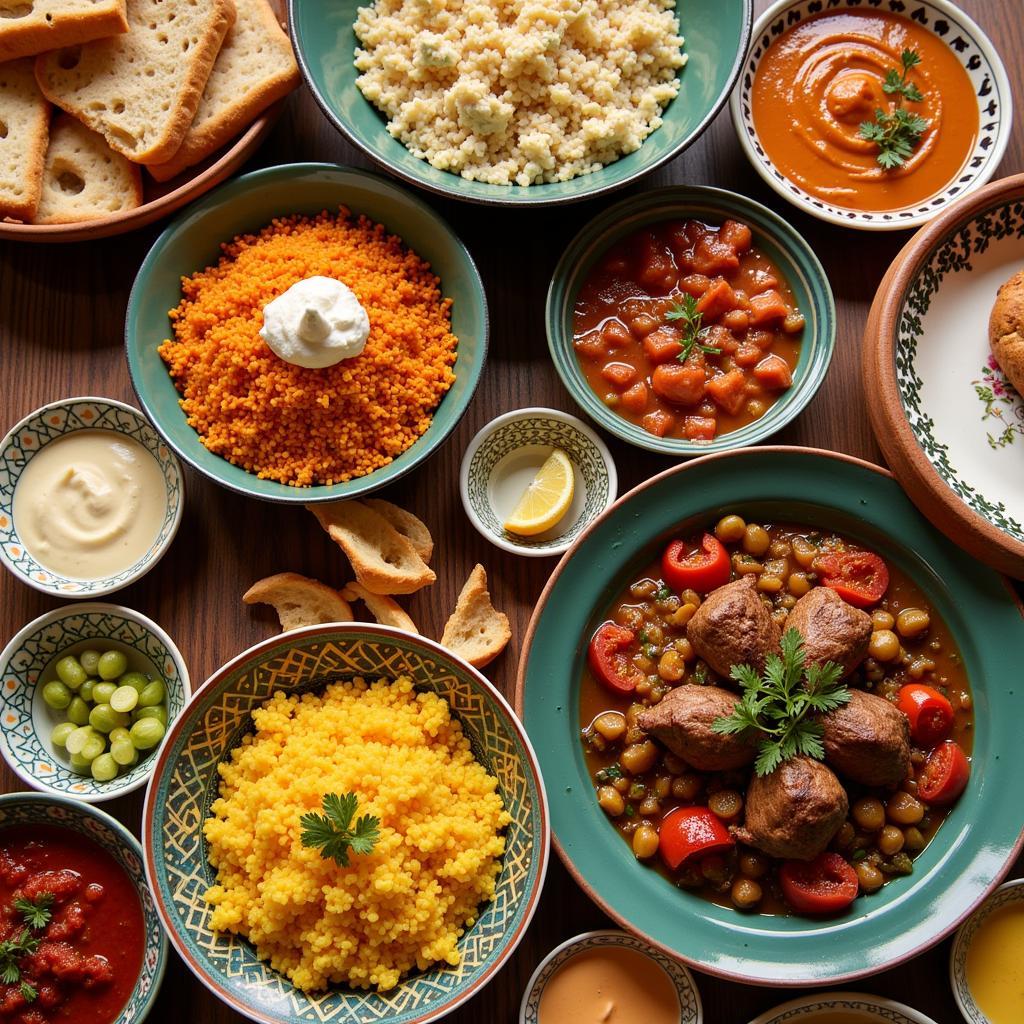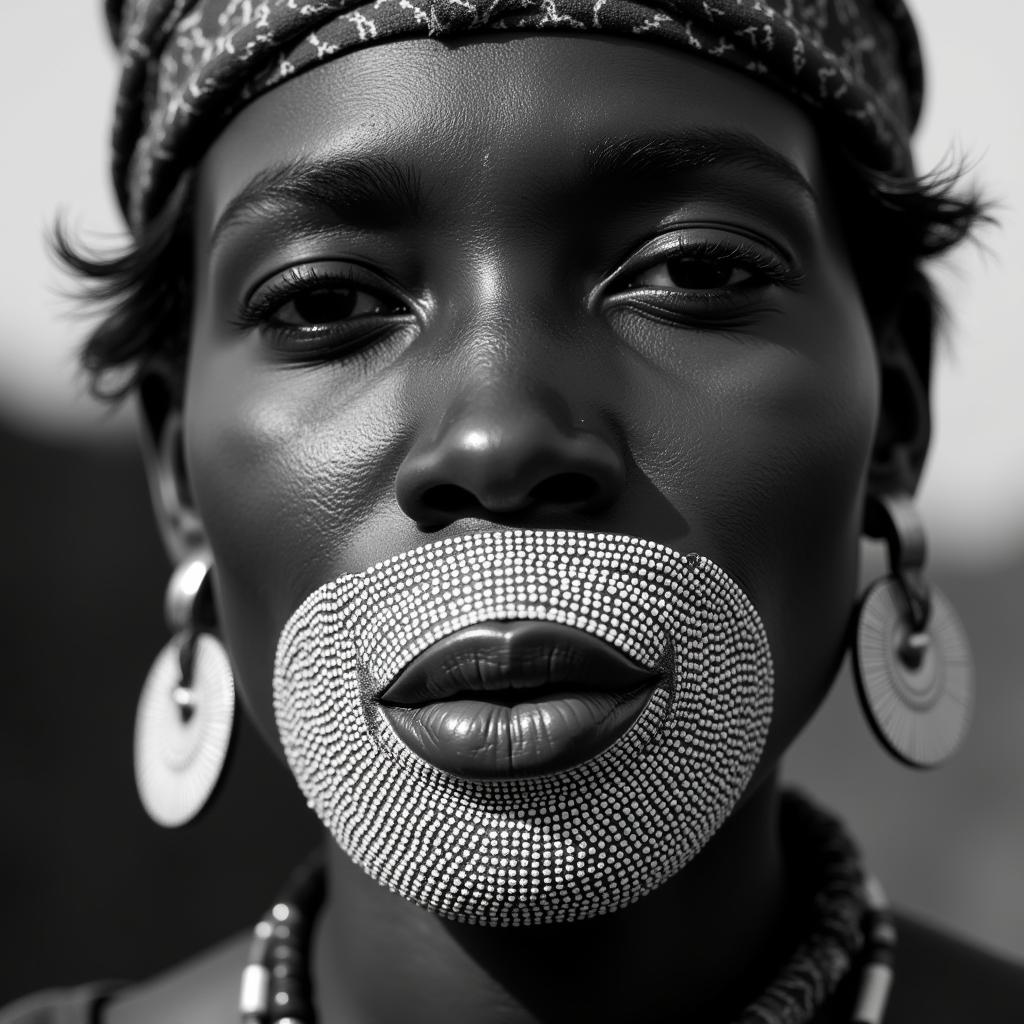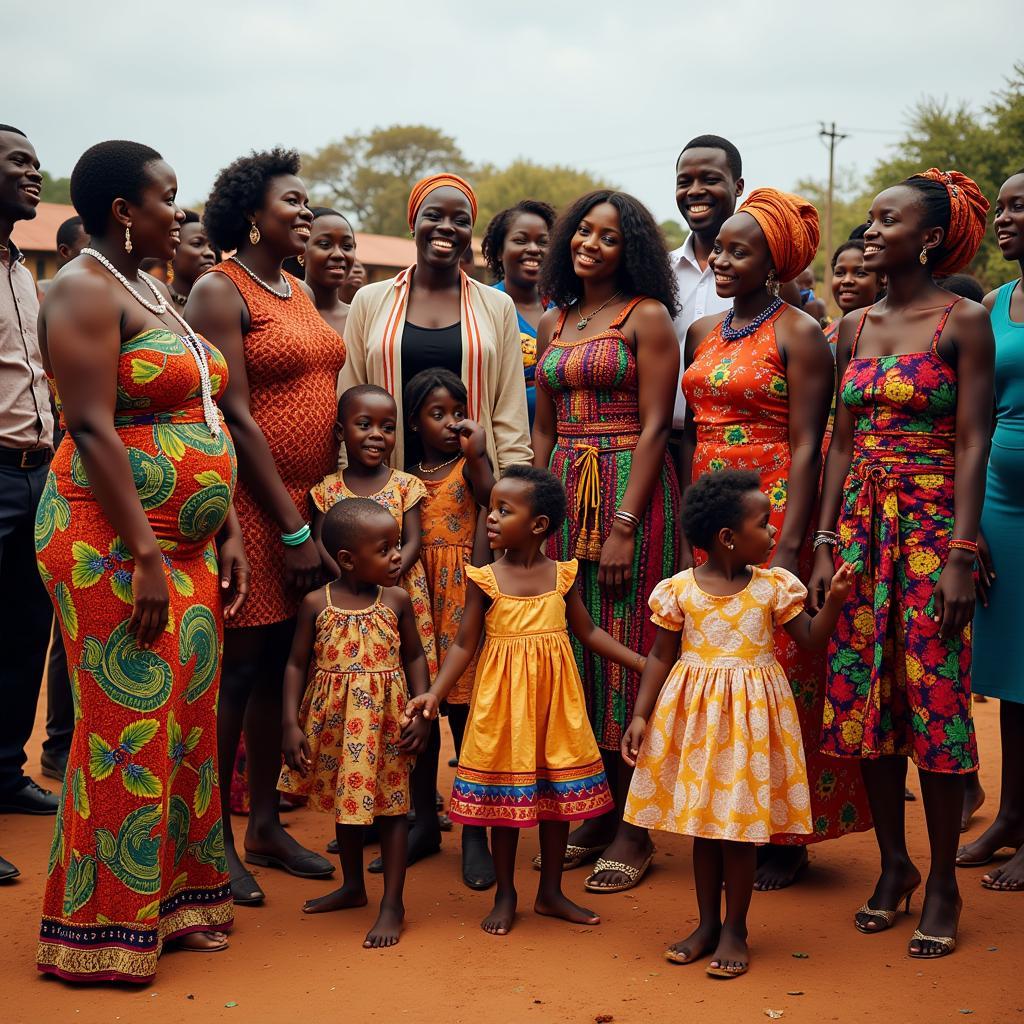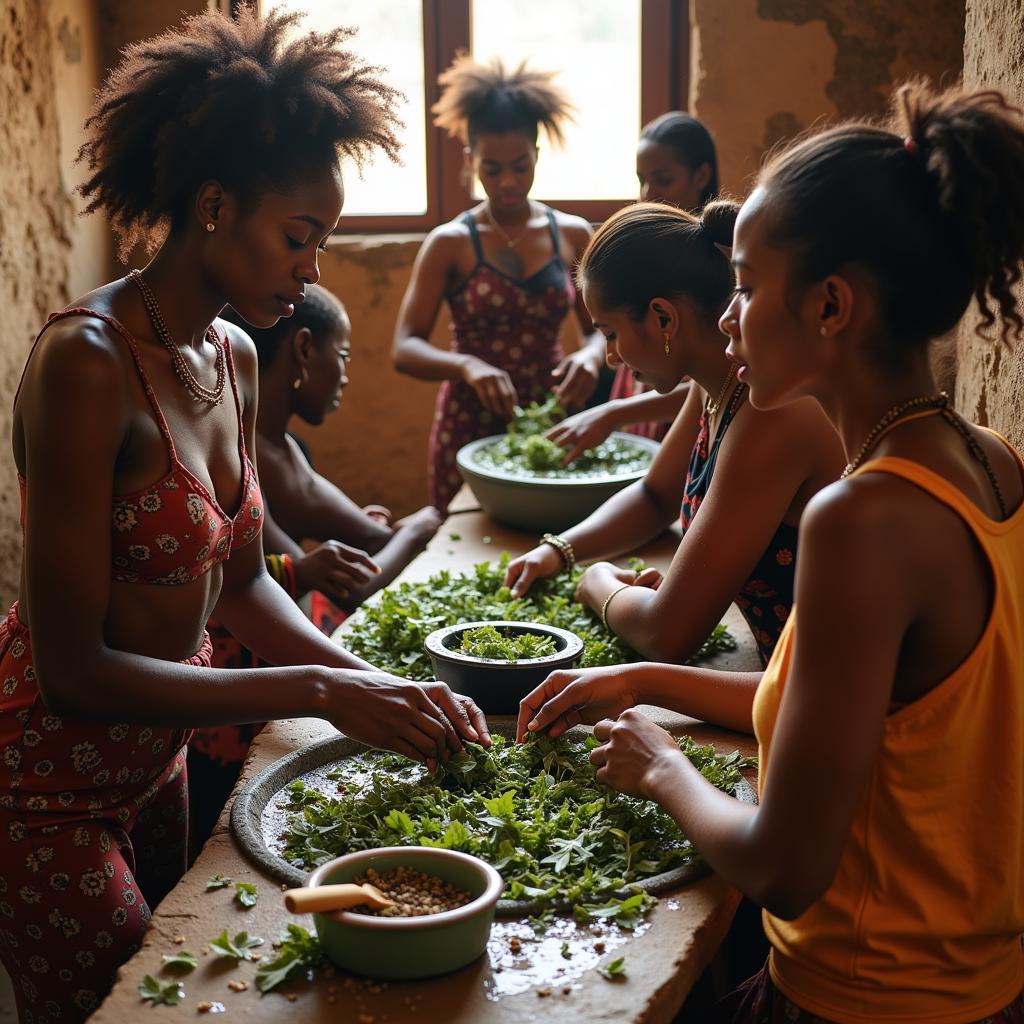African Headwear Styles: A Celebration of Culture and Creativity
From the vibrant kente cloth turbans of Ghana to the elaborate beaded crowns of the Zulu people, African Headwear Styles are as diverse and colorful as the continent itself. More than just fashion statements, these head coverings carry deep cultural significance, reflecting a rich tapestry of history, tradition, and social status.
 African Headwear Styles: A Diverse Tapestry
African Headwear Styles: A Diverse Tapestry
The Significance of Headwear in African Cultures
Throughout Africa, headwear is an integral part of cultural identity, serving both practical and symbolic purposes. It can indicate one’s ethnicity, social standing, marital status, age, and even religious beliefs. For example, a married woman in some cultures may wear a specific type of head wrap to signify her marital status, while a chief might don an elaborate headdress adorned with animal skins or feathers to denote his authority.
Beyond their social significance, African headwear styles are also practical. In the scorching African sun, hats and scarves provide much-needed shade and protection. In arid regions, turbans shield the face from dust and sand, while in cooler climates, woolen caps offer warmth and comfort.
A Journey Through African Headwear Styles
From the North African tagelmust to the South African isicholo, the continent boasts a dizzying array of headwear styles. Here are just a few examples:
Gele (West Africa)
This elaborately tied headwrap, popular in Nigeria and other West African countries, is a statement of elegance and sophistication. Made from brightly colored fabrics like Ankara and Aso-oke, the gele is often worn for special occasions like weddings and festivals.
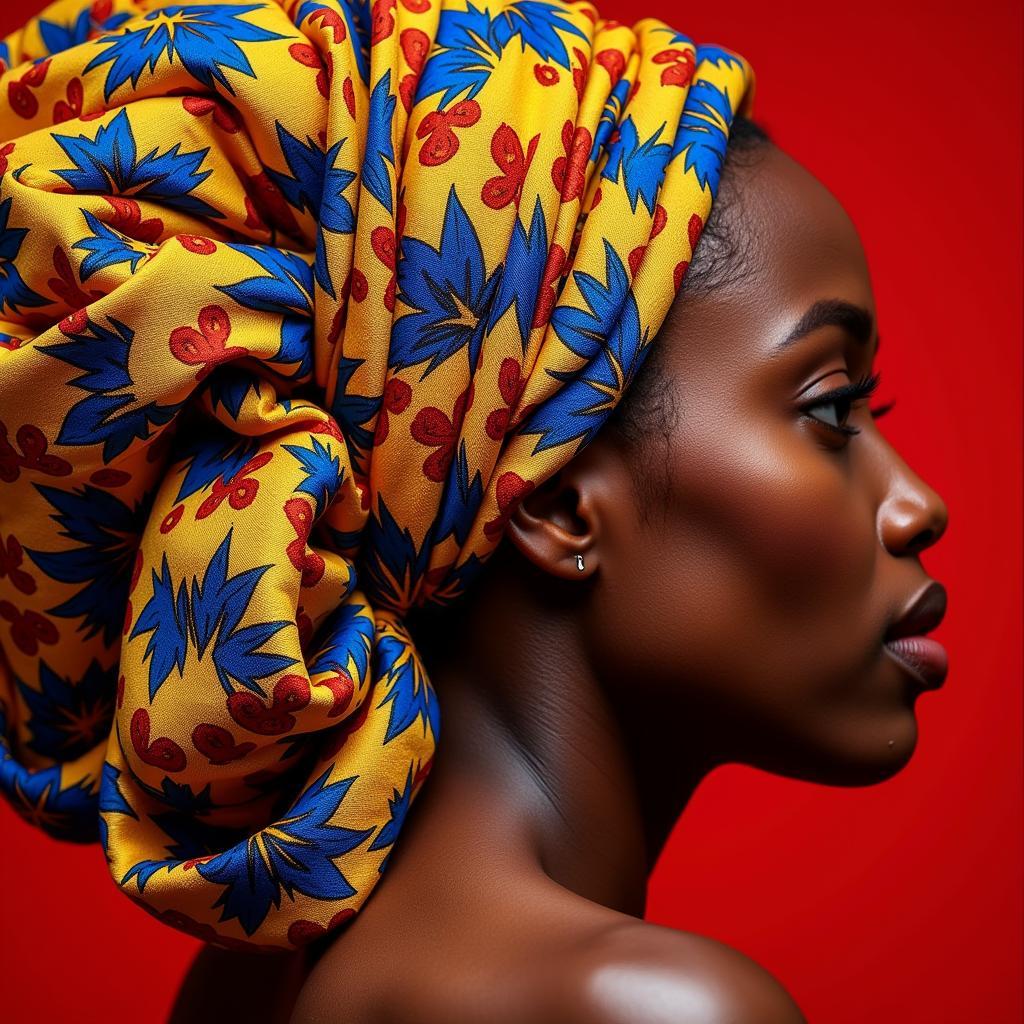 The Elegance of the African Gele
The Elegance of the African Gele
Kufi (North Africa)
This brimless, short, and rounded cap is commonly worn by men across North Africa. Often crocheted or knitted from cotton or wool, the kufi can be plain or embroidered with intricate patterns.
Turban (East Africa)
In East African countries like Somalia and Sudan, the turban is a common sight. Worn by both men and women, the turban serves both practical and religious purposes, offering protection from the sun and signifying Islamic faith.
Isicholo (Southern Africa)
Worn by married Zulu women, the isicholo is a distinctive hat made from grass and adorned with beads. The size and decoration of the isicholo can indicate a woman’s age and social standing.
Modern Interpretations: African Headwear on the Global Stage
Today, African headwear styles are experiencing a renaissance, embraced by designers, celebrities, and fashion enthusiasts worldwide. From high-fashion runways to everyday street style, these head coverings are celebrated for their cultural significance and unique aesthetic appeal. Contemporary designers are incorporating traditional African fabrics, patterns, and techniques into their creations, adding a modern twist to classic styles.
 Modern Takes on Traditional Styles
Modern Takes on Traditional Styles
The growing popularity of African headwear is not just about fashion; it’s a celebration of African culture and heritage. By embracing these head coverings, people are acknowledging the beauty, creativity, and resilience of African people.
Conclusion
African headwear styles are more than just accessories; they are powerful symbols of cultural identity, tradition, and artistry. From the intricate beadwork of the Zulu isicholo to the vibrant colors of the West African gele, each head covering tells a story, reflecting the history, beliefs, and values of its wearer. As we celebrate the diversity and beauty of African headwear, we gain a deeper appreciation for the rich cultural tapestry of the continent.
Interested in exploring specific types of African headwear? You can find out more about African American hats or delve into the world of African fascinators.
